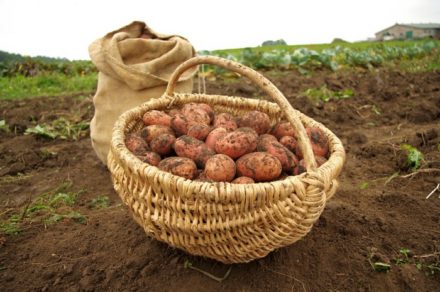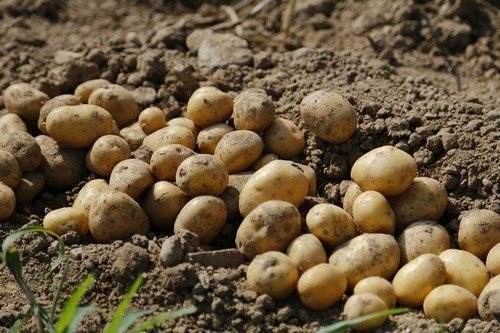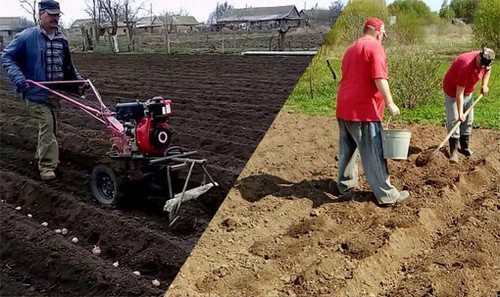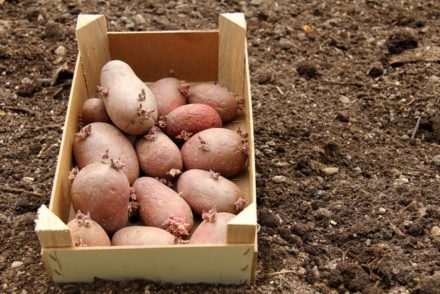Planting potatoes is a long and labor-intensive task, which even on several acres takes the whole day. You can make this process easier if you use an assistant - walk-behind tractor.
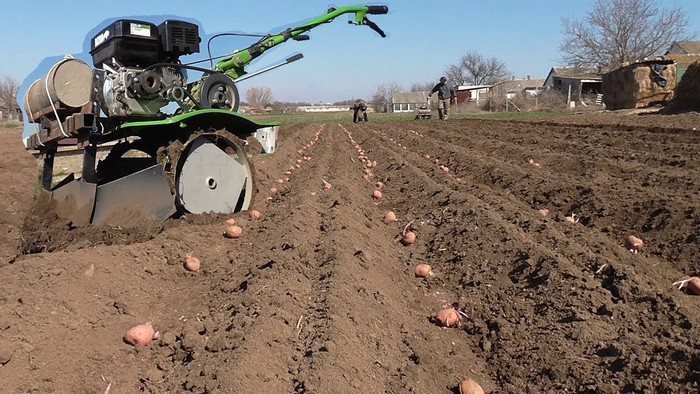
Today there are three main ways to plant potatoes:
- under the hiller;
- under the plow;
- using a potato planter.
For large planting areas, preference is given to the hiller. This device allows you to simultaneously plant and embed tubers in the ground.
When using a plow, the seeds are spread out while creating furrows, since when cutting new grooves, the mechanism fills up the potatoes.
A potato planter is a convenient tool that allows you to easily plant large areas. The mechanism consists of a specialized hopper, a disc device and a groove cutter.
Often, when planting potatoes under a walk-behind tractor, annoying mistakes are made that can affect the quality of the crop.
Poor soil preparation
Poorly prepared soil has a detrimental effect on the plant. The tops become scanty and low, the tubers become smaller, and their external and taste qualities are lost. This can be avoided by properly preparing the soil.
On the day of planting, the area for potatoes is plowed to 10–15 cm using a milling cutter, harrowed, and only then furrows are cut. Such activities allow you to saturate the soil with moisture and oxygen, making it looser and softer.
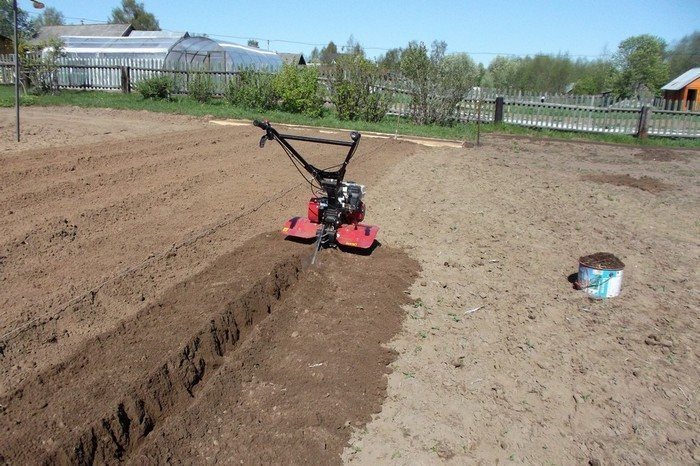
Incorrect landing pattern
Beginner gardeners make a common mistake and do not follow the planting pattern. The following technical indicators of furrows are considered ideal:
- the distance between rows should be 0.5-0.6 meters;
- seed potato planting depth - 10–12 cm for light soils, 6–10 cm for heavier and clayey soils;
- planting density and distance between tubers in a row is 15–30 cm.
And the furrows themselves should have an even and clear contour.
Violation of these criteria makes further loosening, hilling and other potato care difficult.
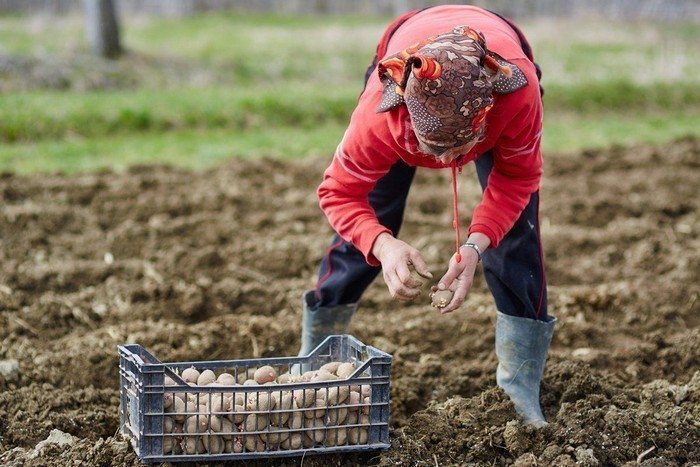
Wrong tubers
When planting tubers with a potato planter, it is necessary to carefully select the seed material. The potatoes must be the same size, and the sprouts must be no more than 1 cm long. If you do not follow these requirements, you can injure the tubers.
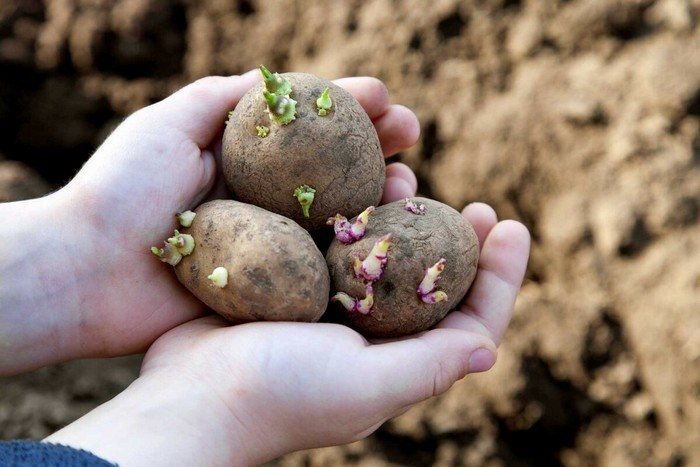
Planting potatoes using a walk-behind tractor greatly facilitates the work of gardeners, reduces physical costs and saves time.


